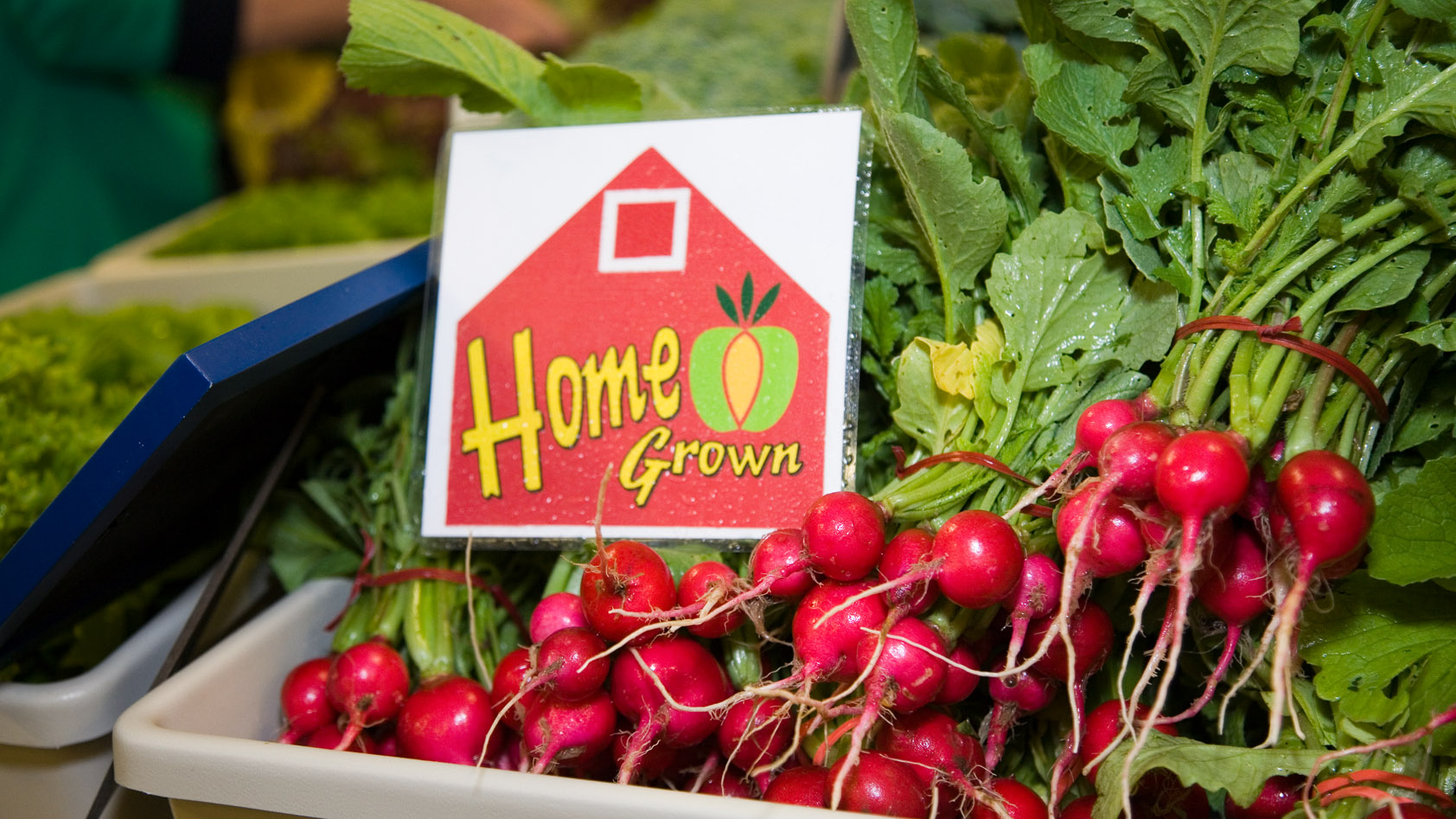
Spring has officially sprung!

With the winter haze shaken off, now is the perfect time to start planning and thinking about where your food will come from this summer. Which community farmers market will you attend? Will you plant your own garden? Should you join a CSA? There are so many options for accessing local food.
One of my favorite ways to engage in local food is through a CSA (Community Supported Agriculture) program. They are a perfect opportunity to receive fresh, high-quality produce while supporting a local small business and developing a deeper personal connection to your food.
CSA programs vary from farm to farm, but almost all are subscription-based. CSA members sign up in the spring to receive a weekly subscription (share) of farm fresh fruits and/or vegetables throughout the growing season. Some farms deliver their shares to a central location and many offer pick-ups at local farmers’ markets. Most shares cost, on average, $30/week. All farms run their CSA programs a bit differently so be sure to explore their website and give them a call to ensure you’re picking a program that fits your lifestyle and needs.
If you do decide to participate in a CSA share, here are some tips for making the most of your membership.
Make the most of your Community Supported Agriculture Membership

Embrace Adventure: Don’t be afraid to try new things. You might be surprised how much you like a certain vegetable if you try a new cooking technique (i.e. pan sautéed radishes or roasted brussels sprouts).
Keep it Social: Start a weekly dinner club with your friends centered on what is in your CSA share. Leftover produce at the end of the week? Split your CSA share with a friend
Ask Questions: Wondering what to do with that kohlrabi or napa cabbage? Ask your farmers (they always have the best tips and recipes). Ask your friends. Ask Google. Or reach out to TLD’s Dietitians at info@localdifference.org.
Store it Right: Tomatoes and eggplant on the counter. Salad greens and herbs in the fridge. If you know how to properly store your fresh produce, you’ll be surprised at how long they’ll last. For proper storage tips, check out the Kitchn’s Guide to Storing Fruits and Vegetables
Make it a Family Affair: Studies show that kids who are exposed to fresh, healthy food at a young age are more likely to choose these healthy foods later in life. Involving kids in cooking and food preparation enhances their acceptance of new foods. So whip out the plastic mixing bowls and that step stool!
Learn Something New: You don’t have to be a gourmet chef to use your CSA share and a lot of your produce can be enjoyed raw. However, having some basic knife or cooking skills will help you enjoy your produce even more. Check out these resources: Knife Skills 101 and Setting your Kitchen Up for Success
Plan it Out: Make a weekly meal plan around what will be in your CSA share. Use the more delicate items (i.e., lettuce) at the beginning of the week and longer storing items (i.e., carrots) for later in the week.
Looking for a CSA in your community?
Taste the local difference at these helpful sites: Find Foods & Farms; Weekly Greens CSA; Westwind Farm
